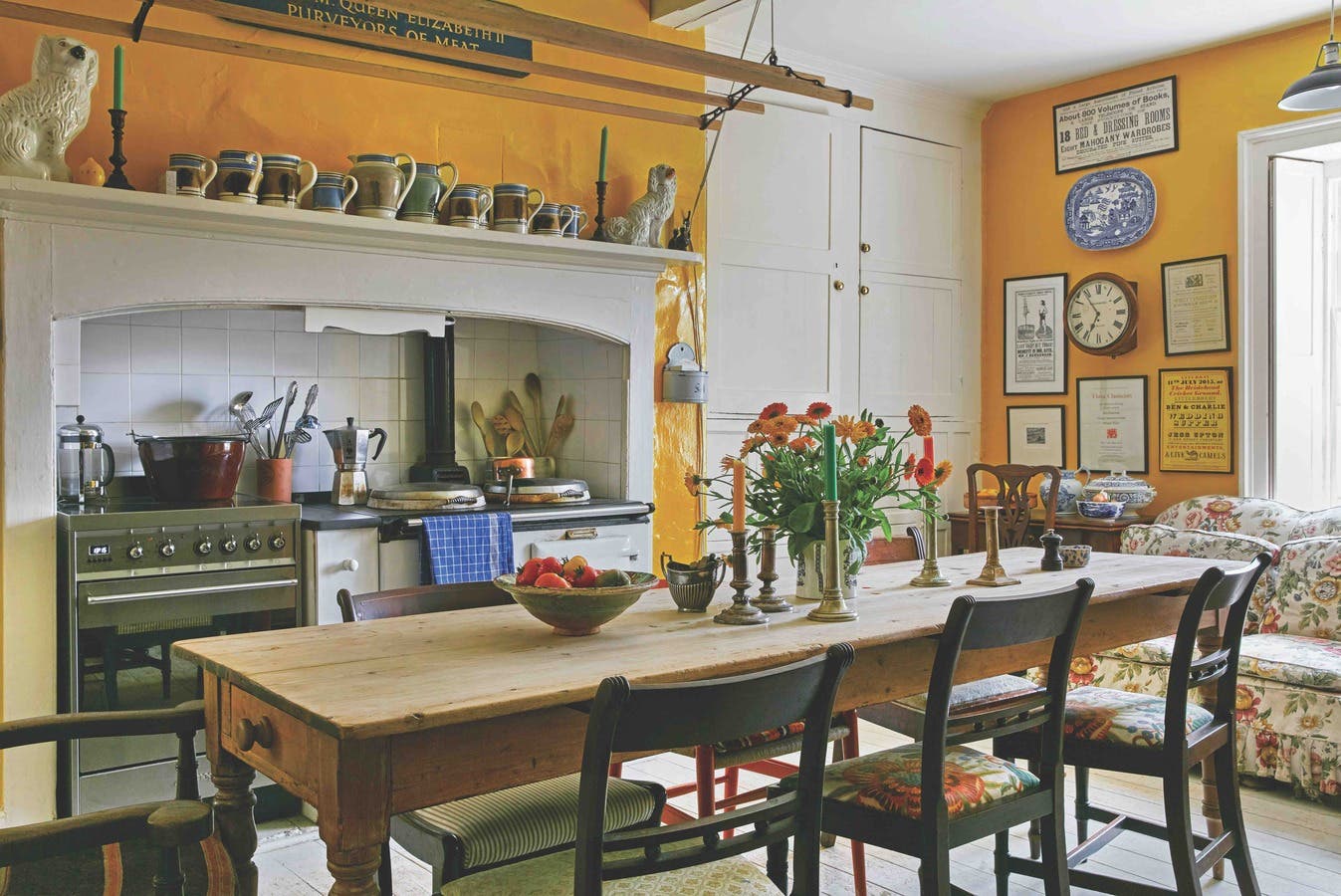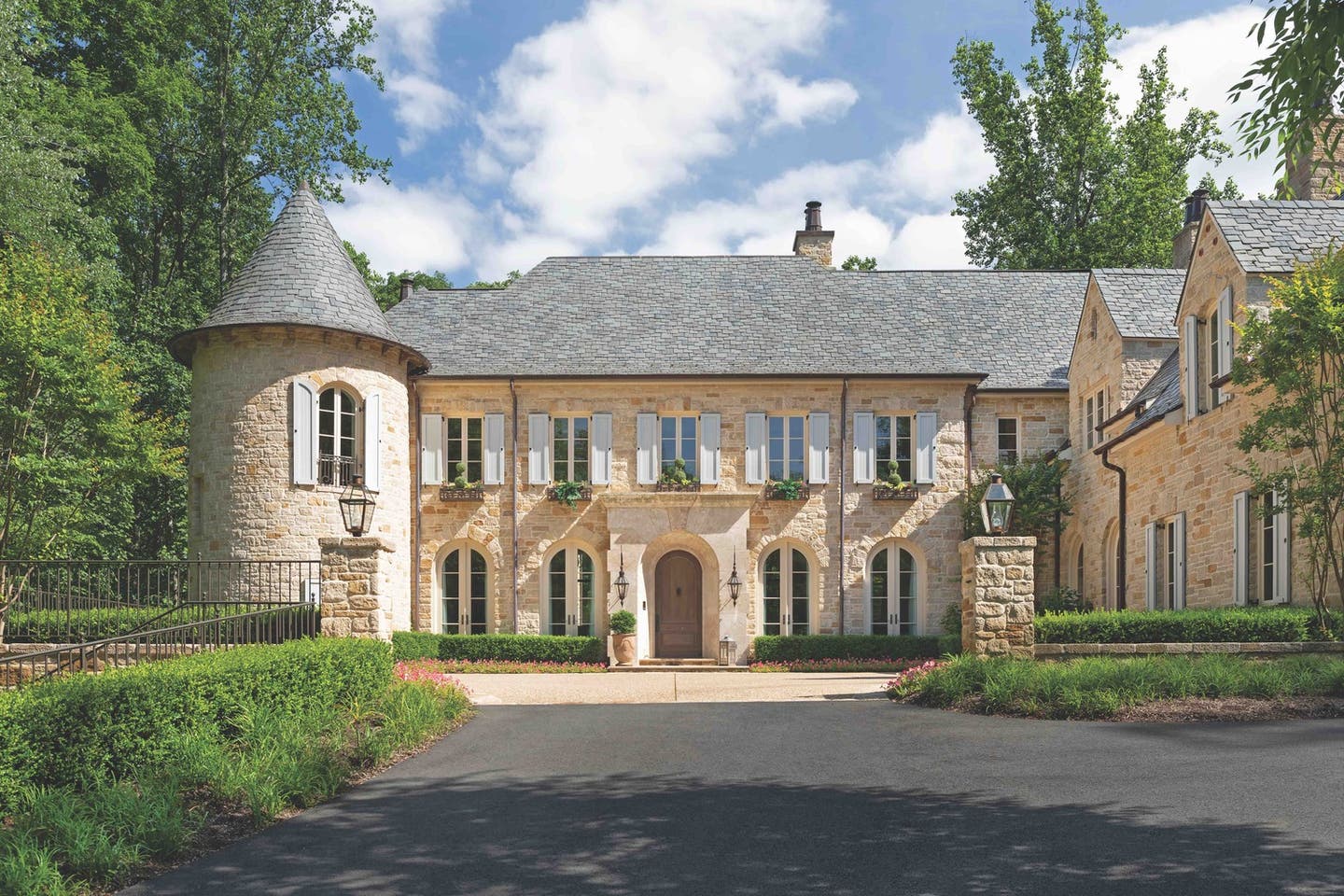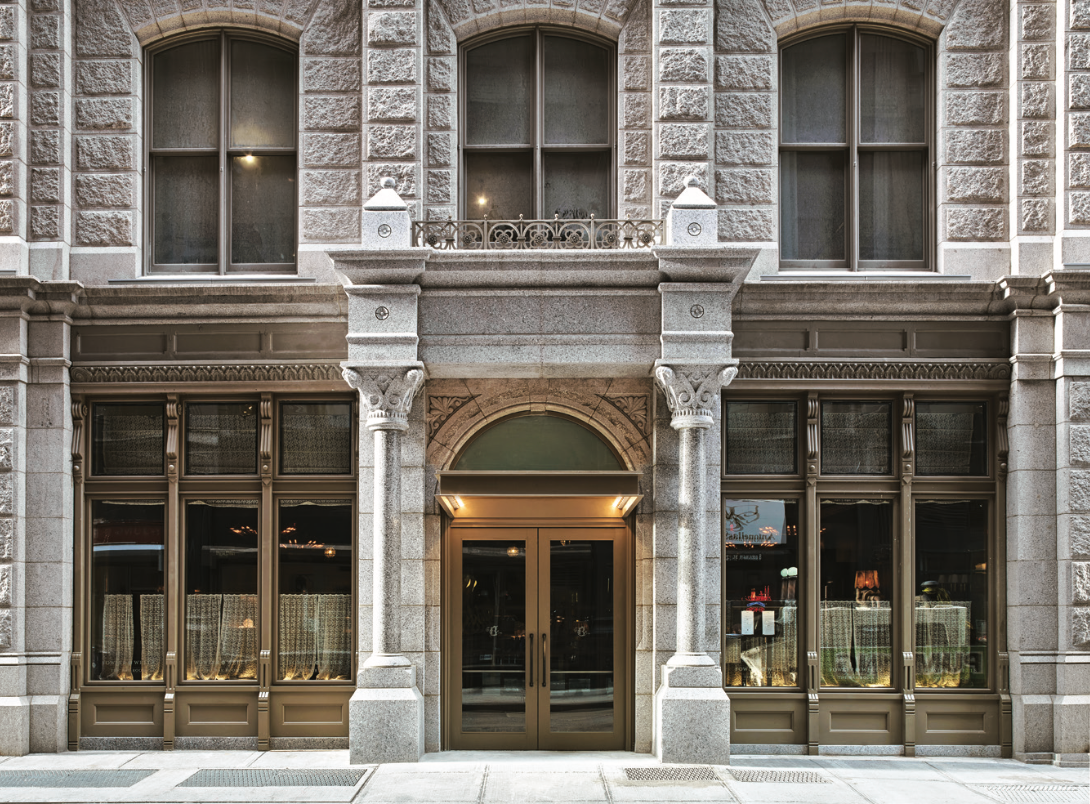
Restoration & Renovation
The Beekman: A Thompson Hotel
2017 Palladio Award Winner
Residential & Multi-Unit
Project: The Beekman Hotel
Winner: Gerner Kronick & Valcarcel
Gerner Kronick & Valcarcel Architects’ vision for The Beekman, a Thompson Hotel in New York City, was to renovate the former office building—abandoned for more than half a century—and turn it into a cutting-edge hotel and restaurant venue. To do so meant the addition of a 46-story new building to house private residences. Randolph Gerner, design principal, explains the project as “a trilogy of buildings composed of an 1880s Neo- Grecian/Queen Ann red brick building, a vintage 1890s Romanesque structure clad in Irish limestone, and a modern Beyton Brut 600-foot-tall tower.”
Completed in 2016, the 190,000-square-foot project’s first 10 floors are part of the hotel, while the upper floors are condominiums. The original building received NYC landmark status in 1998. During the restoration phase, cast-iron balconies, the grand sky- light, the atrium, and the trim of door and window openings surrounding the atrium were brought back to their original luster. Additionally, the existing plaster and millwork profiles were replicated using a profile gauge to ensure that new work is proportionate to the original.
The lobby, designed in conjunction with the Martin Brudnizki Design Studio, is intended to recall the Gilded Age, the beginning of an era when traveling grew popular.
The atrium—arguably the hotel’s finest feature—is meant to feel library-like, with books and curiosities that speak to the building’s history.
Though the historic entrance was off of Beekman Street, it was relocated. Hotel guests now enter via Nassau Street—a design decision that grew from a desire to save the atrium as the “main event.” The annexed Nassau side serves as a transitional space. The atrium floor is meant to be a restful lounge area, and the lobby a transient space beneath the original light well, which was upgraded to grant a view of the front desk on the ground-floor level.
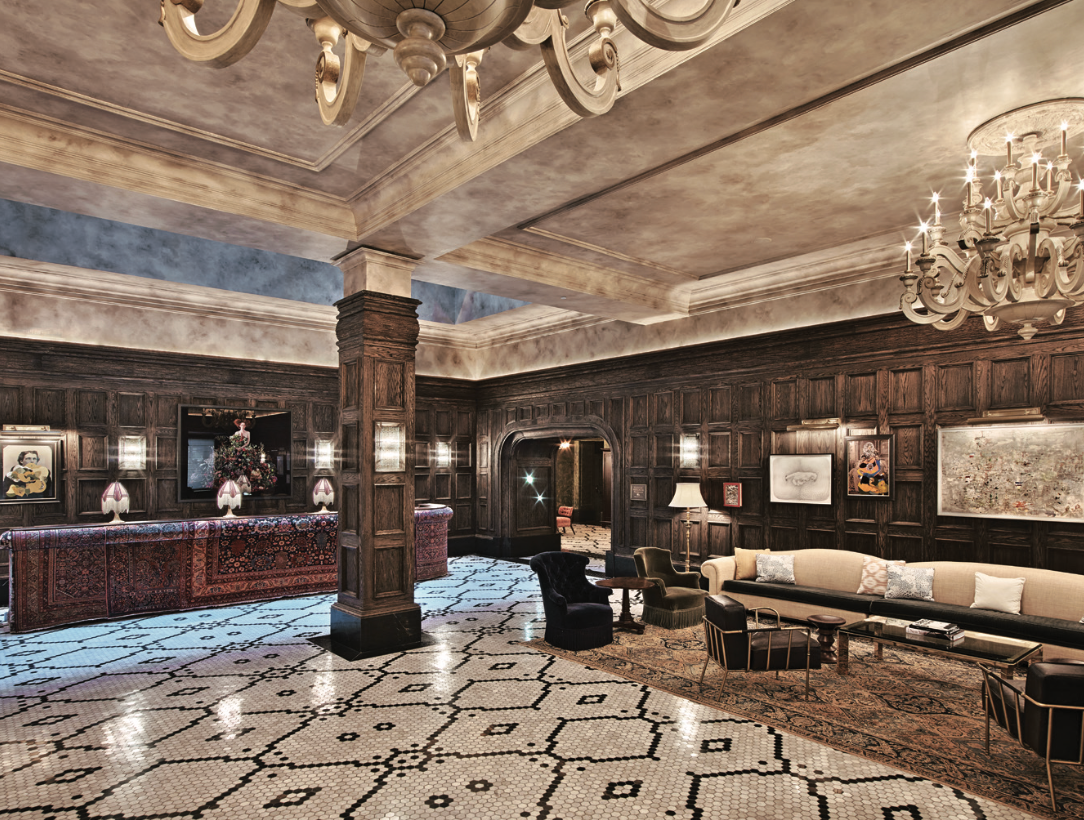
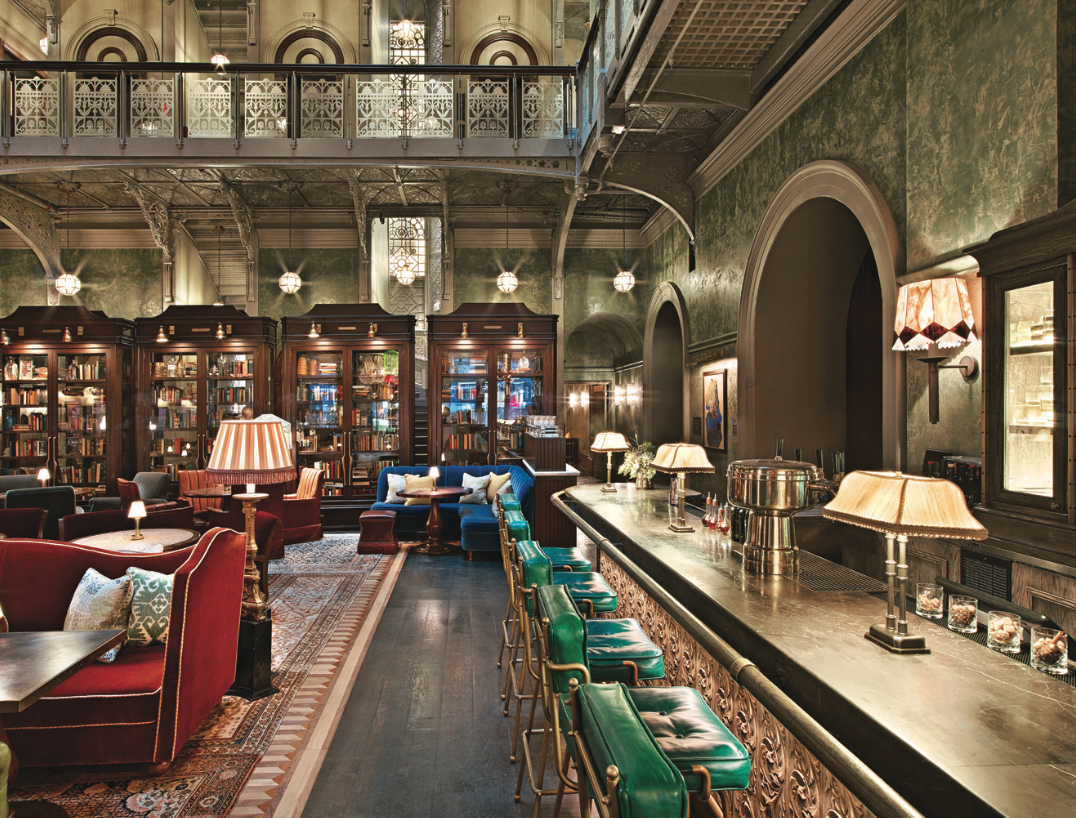
As the pièce de résistance, the atrium received considerable attention. Constructed of decorative, cast-iron beams, its brackets and ceiling panels are finished with terracotta flat arches; the structure is grand from every vantage point. “ The original architect celebrated the breakthrough structural elements of the time,” notes Gerner.
Because New York City fire code prohibits an atrium that physically connects multiple floors, a smoke curtain system was put in place along the perimeter; detectors on each floor activate the smoke curtains, which fall and seal off the atrium. In effect, the atrium becomes a chimney, sending smoke upward and out via ducts located at the base of the historic skylight.
Exceptionally thick exterior masonry walls were an additional challenge. To accommodate an H-VAC system, the team made various penetrations in the walls to keep the atrium clear of eyesores. Likewise, the upgraded MEP systems were located on the new addition—the tower that houses residences—rather than on the roof of the Landmark structure, whose roof now serves as a terrace for residential use.
This exemplary project demonstrates how technological solutions make historic restoration and renovation possible.
Interested in more historic hotels? Check out Austin's Driskill Hotel.



